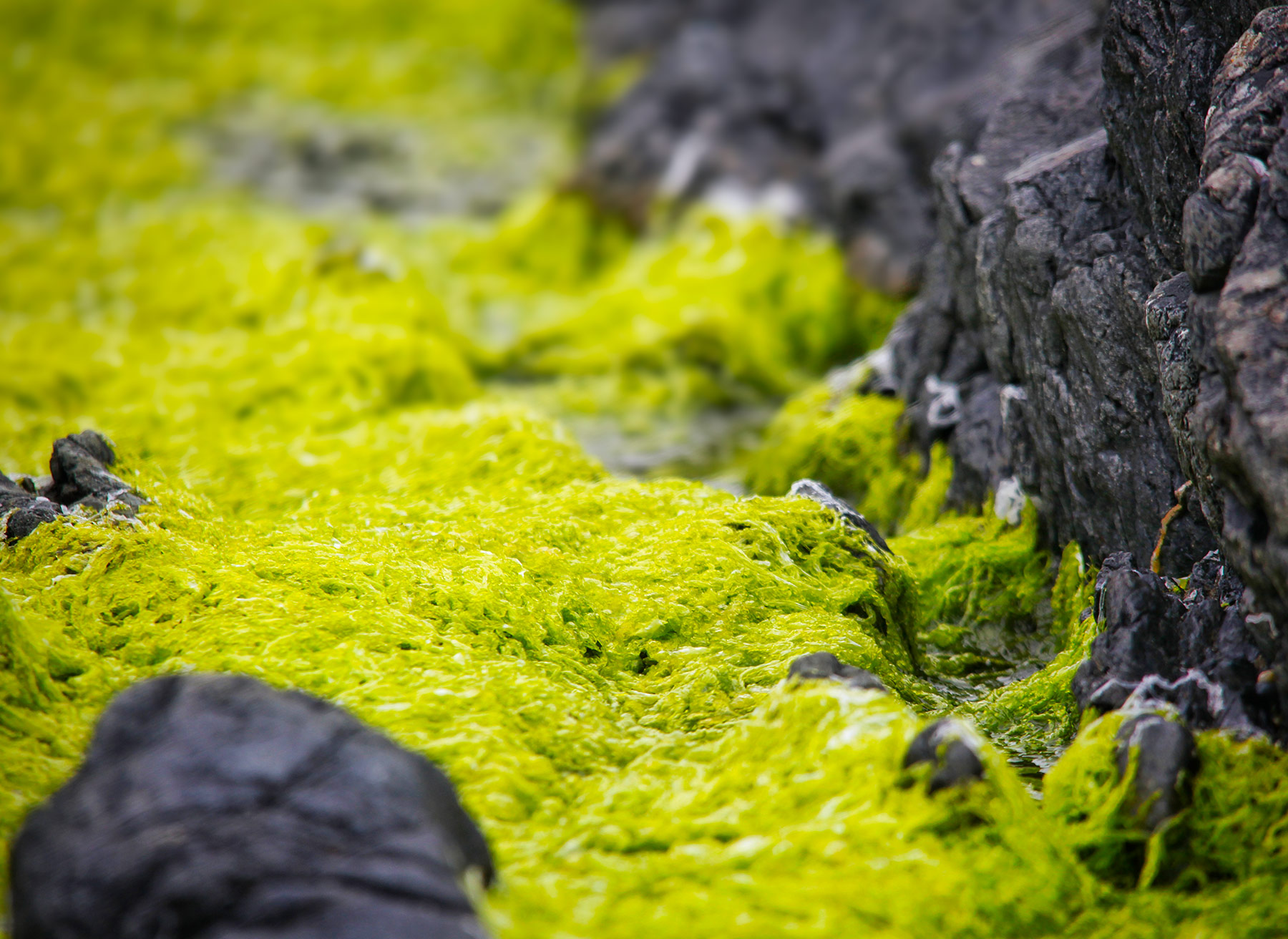8 min read
Kayaking in a magical marine ecosystem and becoming one with a community of paddlers, I embark on my second sea kayaking expedition with TRAK Kayaks paddling the only National Park on Vancouver Island, the Pacific Rim National Park Reserve, British Columbia.
by Dax Justin
Meet the Pacific Rim National Park Reserve — a place of sacred solitude along the rugged west coast of British Columbia. The moment you enter this place you’re struck with an onrush of scenery that leaves you feeling electrically charged.
e·lix·ir
/əˈliksər/
noun
1. magical or medicinal potion.
“an elixir guaranteed to induce love”
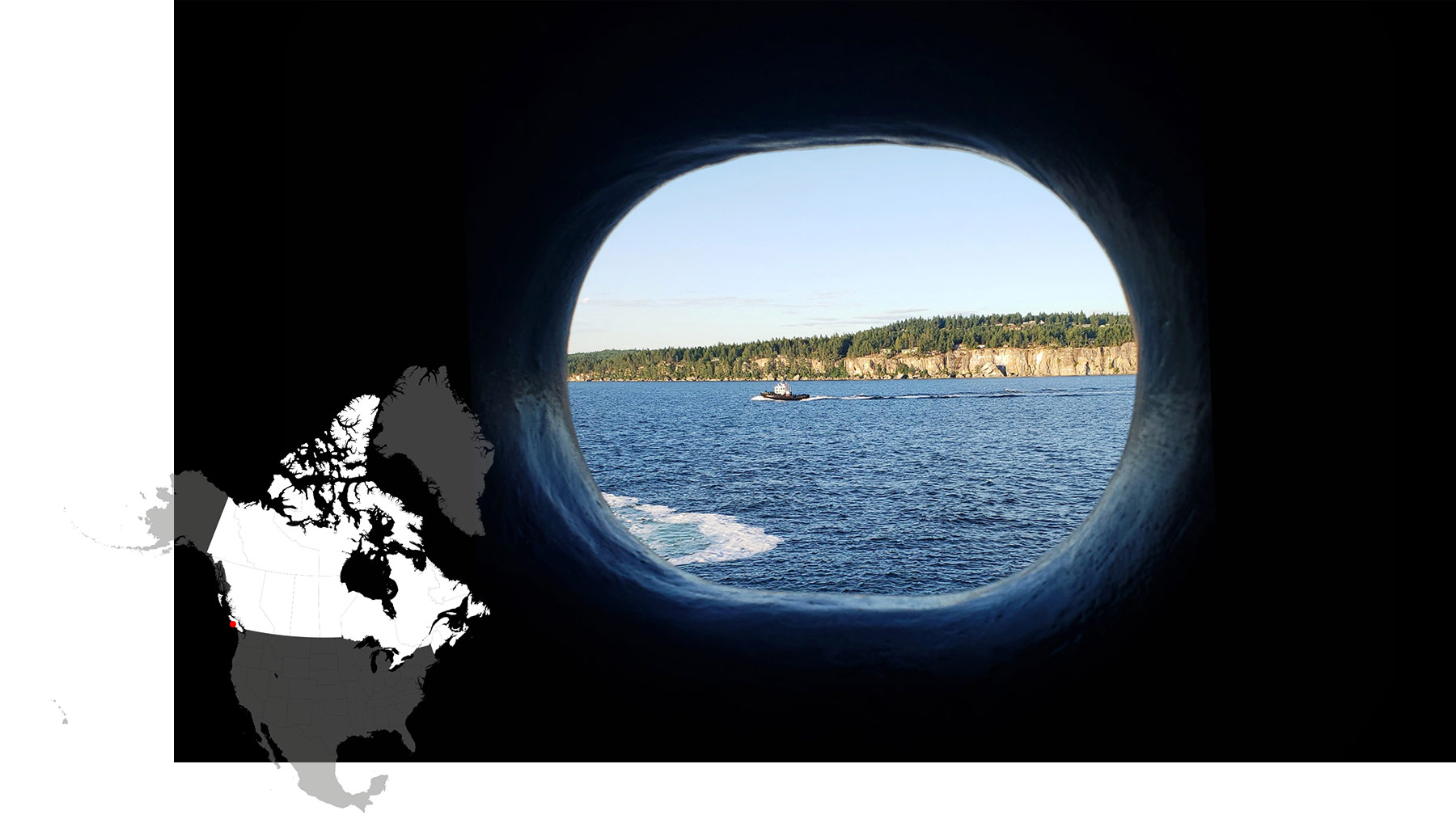
Water is such an important part of the human experience.
The entire province of British Columbia holds a sentimental value in my heart. Defined by its rustic Pacific coastline and mountain ranges, I spent all year counting down to the moments of our family vacations in Summer to B.C. I’ve LOVED everything about this place for as long as I can remember. In my first five years as a photographer I’ve had a handful of incredible experiences across several regions in B.C., discovering the various mountainous and coastal identities of the province.
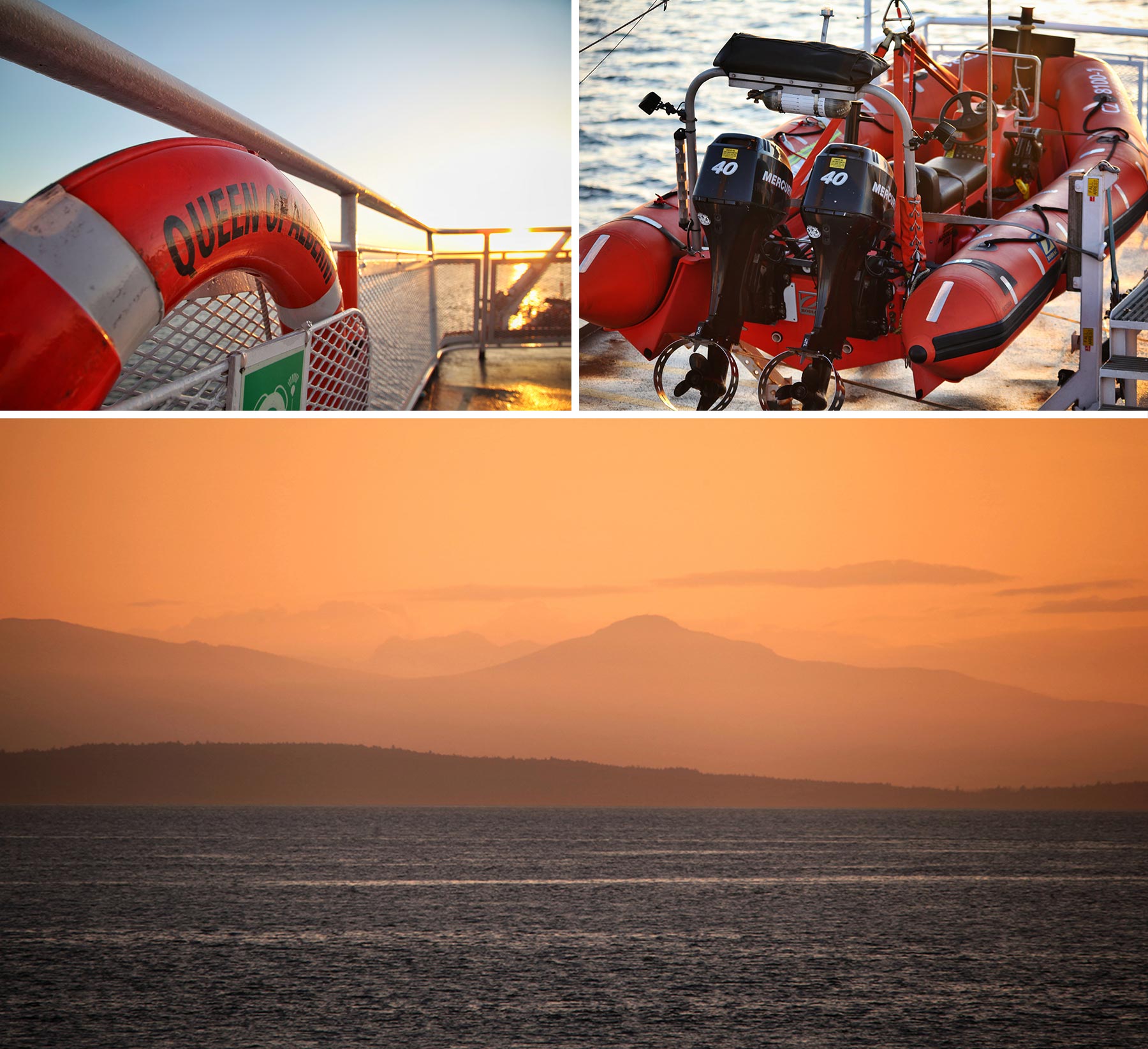
ABOVE: Setting off from Horseshoe Bay on the ferry, crossing the Strait of Georgia to Nanaimo, marking the start of our journey.
This planet does not belong to us; we belong to her.
ABOVE: You’ll meet trees as large as life while you explore the nearby trails.
Welcome to Basecamp.
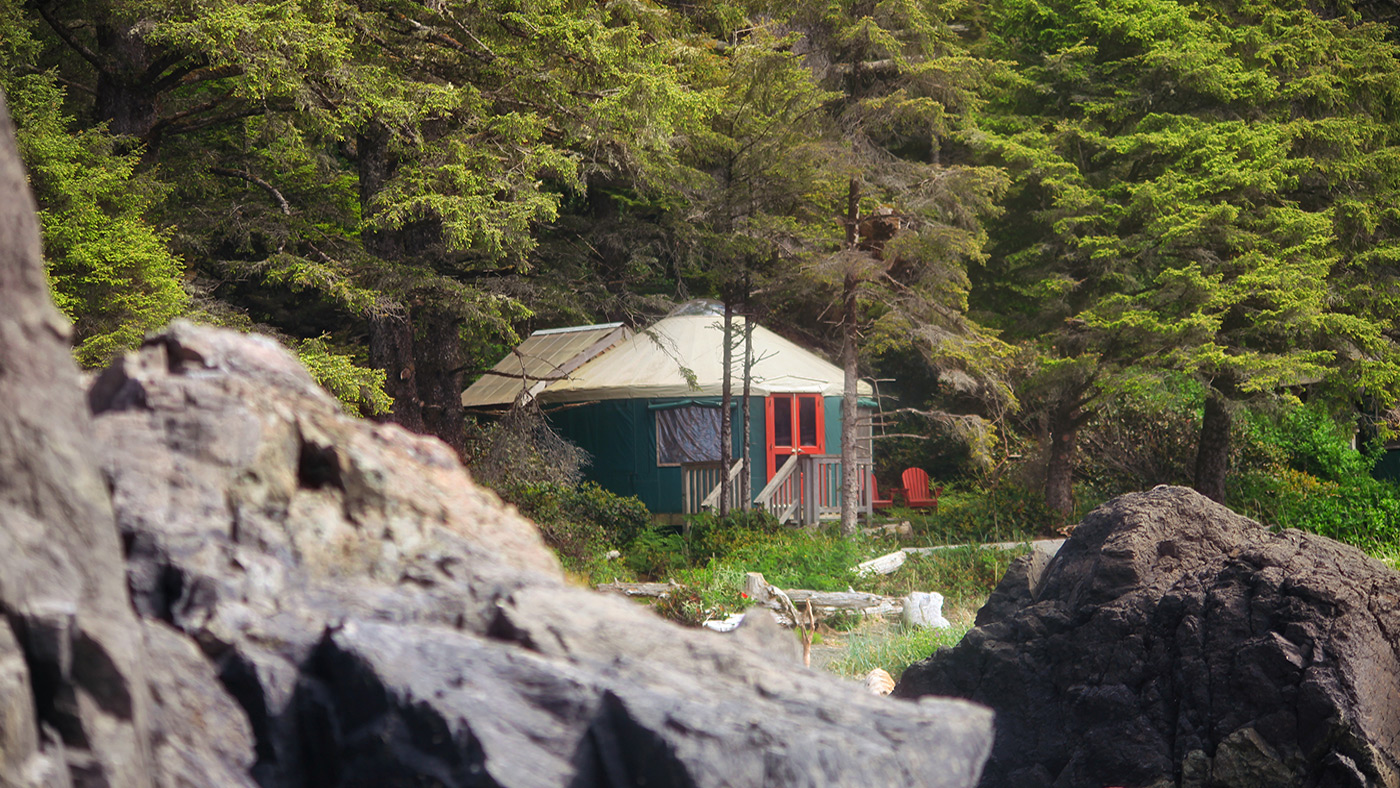

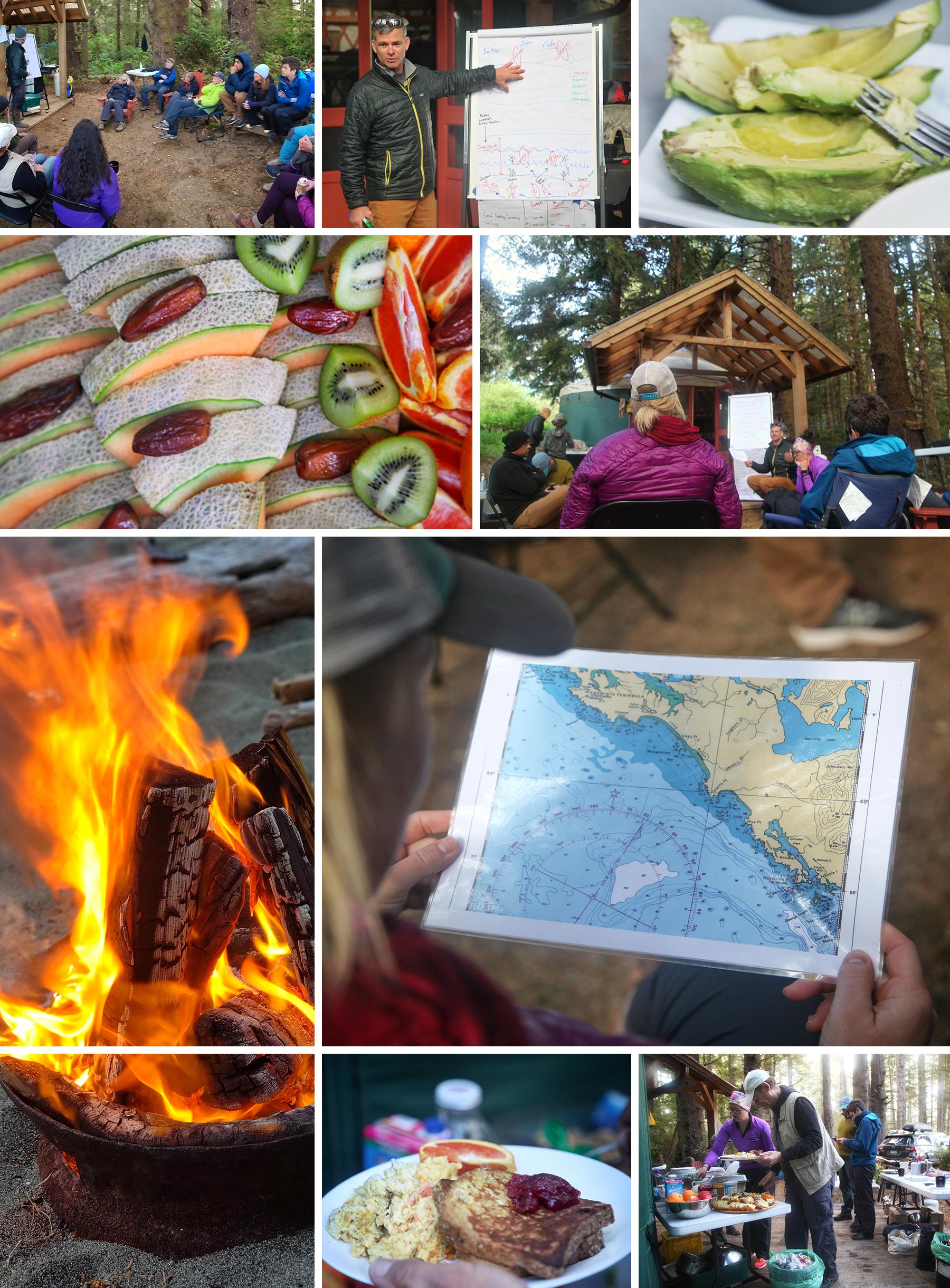
ABOVE: Our yurt accommodations at Wya Point sat nested within a coastal old growth spruce forest, meeting a rustic coastline.
After settling into basecamp I went out to stand on a large distinct rock where the water meets the sand. As I stood atop the rock, eyes closed, I was misted by the ocean spray as a wave of emotion flooded my stance, I BELONG HERE, said my inner dialogue. That was the first time in this holy atmosphere I paused for a moment in reverence.
ABOVE: Exploring the intertidal zone of this near-shore ecosystem.
We live on land; but we came from water. I’ve had this reality in mind since going on my first sea kayaking expedition in May of 2018. On that journey I learned that through kayaking you can harness a profound connection to water – a connection often misunderstood or under-explored. Is water some kind of magical elixir or potion for human beings?
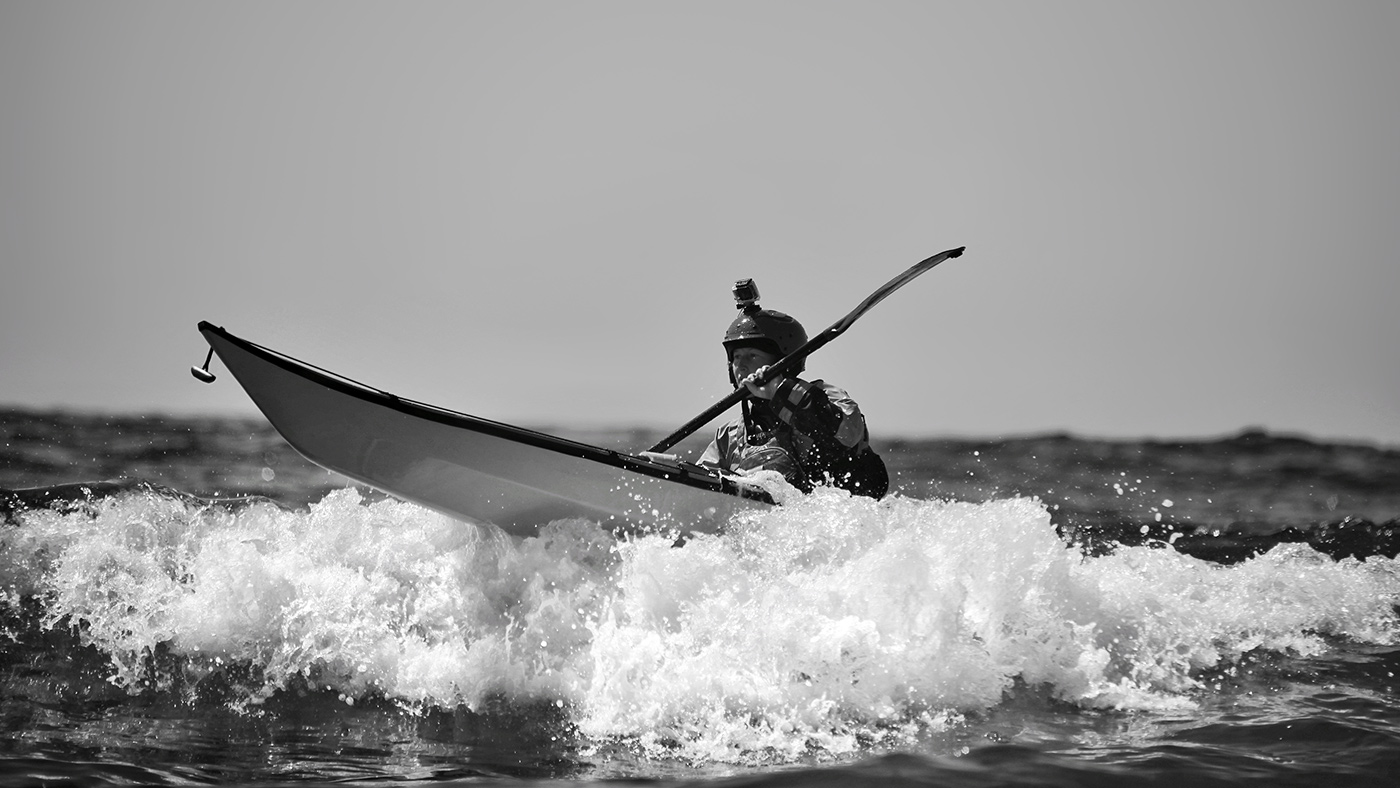
ABOVE: TRAK ‘Pilot” Paige Olson, riding waves at Long Beach.
WATER IS SUCH AN ESSENTIAL PART THE HUMAN EXPERIENCE, AND BEING IN A KAYAK IS AN INTIMATE EXCHANGE WITH NATURE.
Enter the TRAK 2.0 Kayak
Imagine you’re in a skin-on-frame portable kayak in a remote location, you’re distancing yourself from the shore as the incoming tide raises you vertically – this is the will of the ocean. Situated in the cockpit of your TRAK 2.0 kayak, always keeping your paddle in the water, you feel wholeheartedly taken by the energetic forces of the water. You can feel them through the boat, harnessing an ultimately spiritual connection with the water. Your paddle blade grabs the water as you thrust yourself forward, rhythmic and harmonious with the tides of the sea. I mean, how else can I describe it? Actually, my fellow expedition participant Francine said it pretty well:
“This boat is like no other, it’s like it’s alive.”
— Francine Petit
Humanizing
We had 16 people on this expedition, and over five days of on-land and on-water training participants are coached by our very own TRAK Pilots. TRAK Pilots are the most enthusiastic group of people you’ll meet – these are the brand ambassadors for TRAK. They will likely be your first point of contact when you want to jump in a boat on a TRAK Discovery Day. The TRAK Pilots are experienced and certified paddlers and are specifically selected for the area and region to come educate camp participants in tandem with our expedition Guide.
I witnessed a profound change within the camp participants and saw the fear in their facial expressions turn to bravery and grit. The paddling aptitude of the participants grew rapidly and as they learned and began executing dream-like paddling strokes their fears turned into confidence and I FELT it in their faces through my camera’s zoom lens. The paddling aptitude of the participants grew rapidly and at this stage I can say I was in each and every boat alongside those people facing adversity. We all found a deep connection to water – everyone transformed.

ABOVE: Participants from the TRAK Pacific Rim Kayaking Skills Camp 2019
Through my lens, I witnessed paddlers from all skill levels take on the unforgiving waves of the west coast growing in unforseeable feats of human accomplishment. Every participant accepted the challenge with alacrity.
This year I wanted to visit coastal communities and marine life that inhabits the wild Pacific coast of B.C., Canada. I began exploring the nearby areas and found myself instantly mesmerized by the vibrancy of marine life in the inter-tidal zones. This rich aquatic environment provided a home multitude of sea creatures and life.
ABOVE: We found one single red urchin among a community of purple urchins in the intertidal zone.
“When you love something, you protect it. My position and responsibility is to explore, illuminate and activate. The care for our oceans must occur as a global movement.”
Safeguarding the Seas
As a kayaker, you truly feel like you’re part of the ecosystem. We are interconnected with the living water and we depend on it – all life does. The Earth’s surface is made up of 71% water and basically as humans, so are we. My insatiable desire to explore this connection between people and water shouldn’t seem that crazy, right? Oceans provide food for billions of people on the planet, and they support 100% of life on Earth.
ABOVE: We weren’t alone! The region provides rich coastal nutrition for nearby wildlife including wolves like the Vancouver Island wolf (Canis lupus crassodon) is a subspecies of grey wolf, endemic to Vancouver Island.
By protecting delicate marine ecosystems we are also standing for the future of the oceans spellbinding inhabitants. No matter where you are in the world, the well-being and homeostasis of the ocean is reflective of our very survival as a species.
“Oceans host more than 80% of species on the planet, and they produce more than half of the world’s oxygen. Showing perspective through photography can captivate minds of all ages and help demonstrate why we need to unite against the preventable tragedy of ocean plastic and marine debris.”
ABOVE: Meet the Giant Green Anemone (Anthopleura xanthogrammica)
For every second breath…
Since oceans cover two-thirds of our planet, 50% of the oxygen on Earth is produced by our oceans – which means that EVERY SECOND BREATH we take depends on the health and well-being of this sacred water. Water is the elixir of life and it all comes down to the protection of our marine ecosystems. On the surface, a great way to start acting is to side with SeaLegacy. Founded by National Geographic Photographers, Paul Nicklen and Cristina Mittermeier, they’re on a mission to create healthy and abundant oceans, for us and for the planet. Join The Tide, a passionate community invested in the health and sustainability of our oceans, or consider a donation to create a world where our oceans are full of life.
Fact:
Canadians produce 3 MILLION TONNES of plastic each year; and then we recycle only 9% of it.
Nine percent. Are you kidding!? We need to drive this number to 90 percent. Literally. We also have the power and capacity to do it. There is no “one solution” that will get us to zero plastic waste – it will take ten thousand changes, small and large, to help us get on this path. Here’s how you can take immediate action to reduce your plastic footprint: All you have to do is visit the website 10000changes.ca, follow the “Make a Change” button, and make a commitment to changing the way you live with plastics. As an Ambassador of this program, I have made a commitment to a lifestyle free of plastic bags and refusing plastic straws. Canadian Geographic and the Royal Canadian Geographic Society in partnership with the Recycling Council of Ontario and Environment & Climate Change Canada have joined forces to re-imagine the recycling revolution with the new program 10,000 Changes.
Canadian Geographic and the Royal Canadian Geographic Society in partnership with the Recycling Council of Ontario and Environment & Climate Change Canada have joined forces to re-imagine the recycling revolution with the new program 10,000 Changes.
I believe that it’s (extremely) important that we protect our planet and serve as environmental stewards for future generations.
ABOVE: Exploring the intertidal pools at Wya Point, Pacific Rim National Park Reserve, B.C.
The Conquest of the ‘Blue Mind’
I’m not crazy when I say there are energetic forces in the water. Dr. Wallace J. Nichols is a scientist, activist, community organizer, and author who works to inspire a deeper connection with nature. He took notice of these profound properties of water and founded the notion of the Blue Mind. I need you to discover this power. “Using our oceans as the prime example of how insignificant humans can feel while also being unmistakingly connected to the spirit of nature, Nichols urges us to embrace our natural surroundings in order to live robust and full lives.” Learn more and watch his TEDx Talk – Exploring the Blue Mind.
There’s something to say about knowing how to harness the energetic forces of water. It wasn’t just the growing capabilities of the paddlers, it was a force found in a deeper context of spiritual energy between the electrons in your body and the ions in the water. What does this all mean? You’re capable of unreasonable human achievement, when you’re in and around water.
There’s no better time to be brave.
BELOW: As the expedition came to an end, we were graced with a stunning evening in Parksville, British Columbia.
Dax Justin is a Canadian explorer and adventure photographer, currently based in Calgary, AB. His photos and stories are focused on connecting humans back to nature. His work is concerned with ocean health, Indigenous rights and distinctiveness, and our environment, covering stories such as eco-tourism in the Great Bear Rainforest, the human impact of marine debris, and trekking with Polar Bears on the Hudson Bay tundra. Dax is a newly-elected Fellow of the Royal Canadian Geographical Society (FRCGS), Contributor to Canadian Geographic, a National Geographic Certified Educator, TEDx speaker and creator of the the ‘Explore in School‘ (EiS) initiative. You can explore more of his images and adventures on instagram.com/daxjustin or facebook.com/daxjustin.

